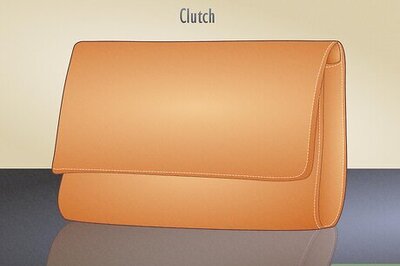
views
NASA is set to launch a sensor on December 4 to measure orbital debris around the International Space Station (ISS). Research from this investigation -- set to travel on a SpaceX cargo mission -- could help lower the risk to human life and critical hardware by orbital debris, NASA said. The December 4 launch will be SpaceX's 13th commercial resupply mission to the space station for NASA. Mounted on the exterior of the ISS, the Space Debris Sensor (SDS) will directly measure the orbital debris environment around the space station for two to three years.
"This one square metre sensor uses dual-layer thin films, an acoustic sensor system, a resistive grid sensor system and a sensor backstop to provide near-real-time impact detection and recording," NASA said. For the mission, SpaceX will launch its Dragon spacecraft into orbit. Dragon will lift into orbit atop the Falcon 9 rocket from Cape Canaveral Air Force Station in Florida. It will also carry crew supplies, equipment and other scientific research to crew members living and working aboard the station.
One such investigation will attempt to pull fibre optic wire from ZBLAN, a heavy metal fluoride glass commonly used to make fibre optic glass. When ZBLAN is solidified on Earth, its atomic structure tends to form into crystals. Research indicates that ZBLAN fibre pulled in microgravity may not crystallize as much, giving it better optical qualities than the silica used in most fibre optic wire. Results from this investigation could lead to the production of higher-quality fibre optic products both in space and on Earth, NASA said.
Another research to be delivered is the "Rodent Research-6" (RR-6) investigation which will examine a drug compound and drug delivery system designed to combat muscular breakdown in space or other times of disuse. The implanted drug delivery chip will administer a compound meant to maintain muscle in a variety of disuse conditions, including microgravity. The results from the RR-6 investigations will not only help researchers to understand how to better maintain a healthy body structure in the absence of gravity but will also increase our understanding of muscle-related diseases, disorders and injuries, the US space agency said.
Tech And Auto Show | EP21 | Apple iPhone X, Suzuki Intruder 150 & More

















Comments
0 comment